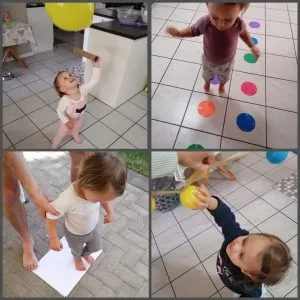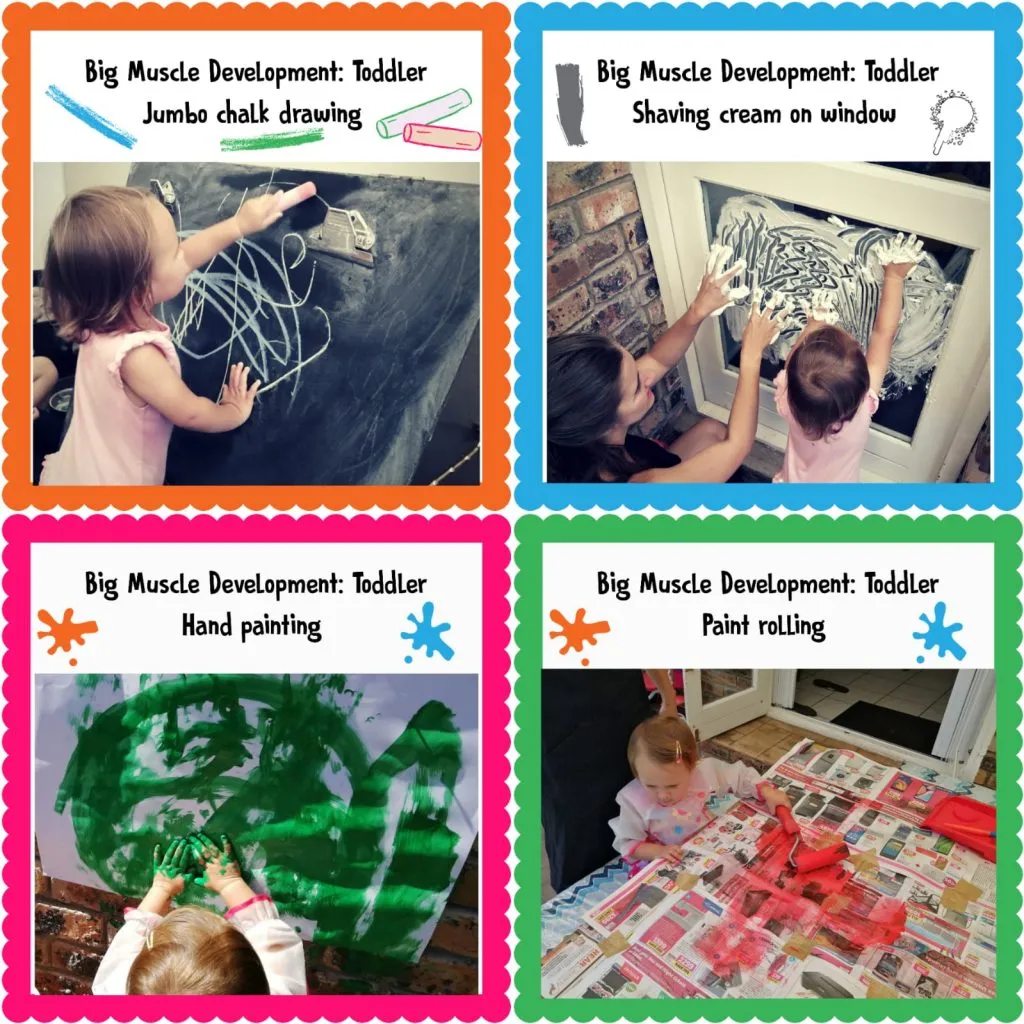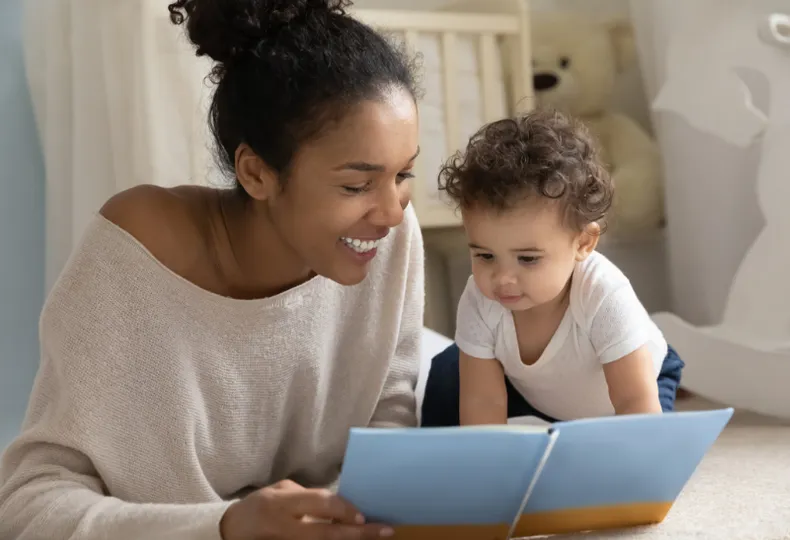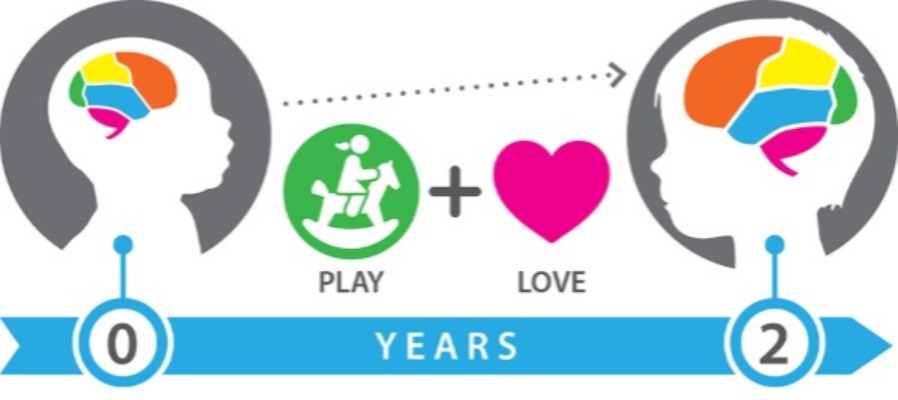Understanding Gross Motor Development: A Guide for Parents
Gross motor development involves the growth and strengthening of the body's large muscle groups, including the legs, arms, and torso, which are responsible for whole-body movements. These muscles enable everyday actions such as sitting, crawling, standing, walking, running, and jumping, as well as more coordinated activities like ball skills, skipping, swimming, and riding a bike.

The Importance of Gross Motor Development
Developing these muscles is crucial for performing natural, everyday actions and influences other daily functions. For instance, the development of core, arm, and leg muscles provides stability, which is essential for the fine motor skills needed for precise movements like writing, drawing, or cutting. Children develop motor skills from the center of their bodies outward, meaning the head, torso, arms, and legs develop before the fingers and toes.
Milestones in Gross Motor Development
Gross motor skills begin to emerge soon after birth. Babies transition from reflex movements to more controlled, voluntary movements as they reach various milestones, such as holding up their head, rolling, sitting, crawling, standing, and walking. As toddlers, these skills become more controlled and advanced, enabling them to jump, hop, balance, climb, run, throw, and catch. As they grow older, these skills further develop in strength and coordination.
If certain milestones are not achieved within the expected time frame, it can significantly impact a child's muscle development and their ability to play and explore their environment, ultimately affecting their overall learning experience.

Benefits of Gross Motor Play and Exercise
Muscles develop and strengthen through use, gaining endurance through repetitive activities. Gross motor play and exercise are crucial for babies and toddlers, providing physical health benefits and enhancing brain function. Physical activity promotes better brain function by helping nerve cells multiply and create more connections for learning.
Key Benefits of Gross Motor Development in Early Childhood:
- Independent Movement: Allows children to gain control of their bodies and complete tasks independently.
- Strength and Endurance: Builds strength and endurance, aiding in maintaining good posture and performing functional tasks.
- Healthy Growth: Promotes healthy growth and improves concentration through physical activity.
- Exploration and Learning: Enables active exploration of their environment, enhancing sensory, cognitive, and language-based learning.
- Confidence and Motivation: Boosts confidence in their abilities and keeps them motivated to try and refine new skills.
Monitoring your child’s gross motor development and ensuring they reach basic milestones is essential. If you suspect any delays, it is important to consult with a physiotherapist or occupational therapist.
Encouraging Gross Motor Development
DIY Obstacle Course: Create an obstacle course that encourages crawling, climbing, balancing, jumping, hopping, throwing, and catching. For younger toddlers (12-18 months), assist them in navigating the course. As they grow older and more independent, encourage them to plan and create their own obstacle course under your supervision, fostering motor planning and body awareness.

Whole Body Activities: Engage in physical activities such as running, hiking, swimming, biking, dancing, yoga, or jungle gym play. Animal walks are also a fun way to practice whole-body movements—your child can pretend to be a crab, bear, dog, leopard, or frog.
Targeted Muscle Group Activities:
- Torso: Activities like sit-ups, bridging, leg lifts, and crab walks strengthen the torso.
- Arms: Whole arm movements, such as water sponge painting on a wall, playing with shaving cream on a glass window, or drawing with jumbo chalk on a blackboard, enhance shoulder girdle stability.
- Legs: Activities like stomping, jumping on two feet, marching, or walking up and down stairs improve hip girdle stability, balance, and coordination.

Fun Activities to Try
Here are some Nanny ‘n Me inspired activities that I have recently enjoyed with my toddler:

---
Written by Courtney Mercer
Occupational Therapist and previous Owner of Nanny ‘n Me Franchise Port Elizabeth



